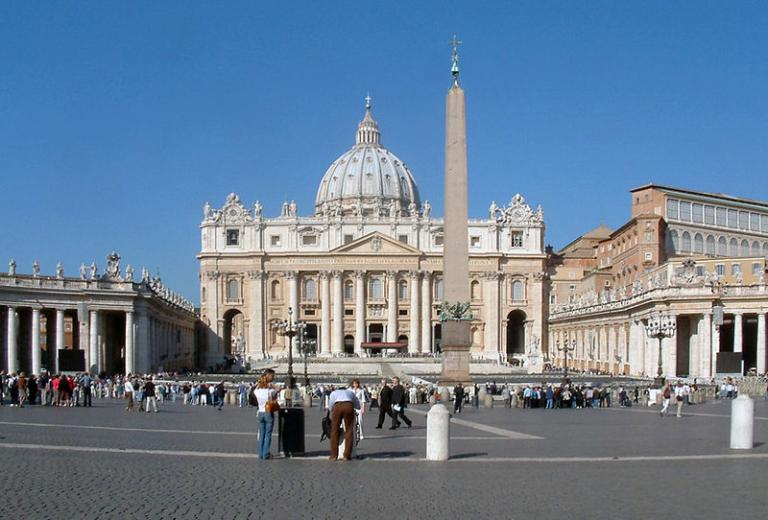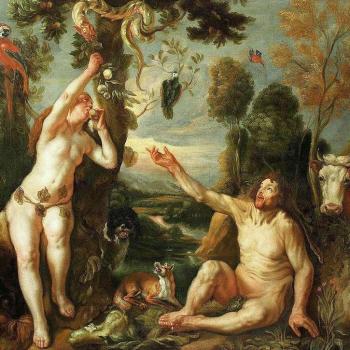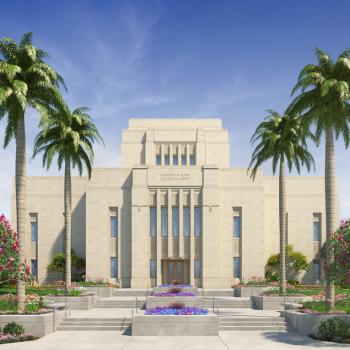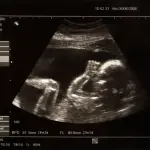
A thoroughly vicious and rage-fueled new article has appeared in Interpreter: A Journal of Latter-day Saint Faith and Scholarship: “Who Holds the Keys?” written by Daniel C. Peterson
Abstract: While, for understandable reasons, Protestant Christendom tends to downplay the question, the more ancient Christian churches have historically placed considerable weight on what is often termed “apostolic succession.” The Catholic church, for instance, strongly affirms the “primacy of Peter” and the status of the Bishop of Rome, the Pope, as ancient Peter’s lineal successor. Curiously, perhaps, The Church of Jesus Christ of Latter-day Saints, although it was founded on the American frontier in the early nineteenth century, takes a view of the matter that crucially resembles the Catholic viewpoint more than it does a western Protestant one. But the Latter-day Saint view differs dramatically on the history of the apostolic succession and, accordingly, on the identity of the modern successors to the ancient apostles.

I return again, briefly, to Sebastian Junger’s new book In My Time of Dying: How I Came Face to Face with the Idea of an Afterlife, sharing some passages that I have extracted for my ongoing research and writing:
Doctors approach near-death experiences very much like my father approached physics, and they have come up with prosaic explanations for just about everything. Tunnels, bright lights, life reviews, Godheads, out-of-body experiences, feelings of peace and unity, cosmic insight, and a disinterest in the corporeal world can all be induced in people fairly easily—and happen all the time. You don’t need to believe in an afterlife to explain the visions of a hypoxic brain or the out-of-body illusions of someone suffering a seizure.
With one central exception: the dead. (115)
A parenthetical observation: Mr. Junger is overstating the situation considerably here. Some doctors are, yes, materialistic reductionists and, thus, skeptics about near-death experiences if not altogether dogmatically opposed to taking them seriously. I’ve spoken with several of them on the topic, and I’ve read others. But physicians are also among the most best-known advocates of NDEs as indicators of a distinction between mind and body and of a life beyond death. But his point is a good one:
Why do the dying—and only the dying—keep seeing the dead in their last days and hours? If there is any true mystery to all this, it’s that in mud huts and in hospital rooms, in car accidents and on battlefields, in darkened bedrooms and in screaming ambulances, deathly ill people are startled to see a loved one hovering over them. There are neurochemical explanations for why people hallucinate, but not for why they keep hallucinating the same thing. Some attempts have been made, though: the visions are said to be unconscious projections ginned up by terrified patients, or evolutionary adaptations that aid survival, or simply cultural expectations that are expressed in imaginary form. Those proposals fall well short of explaining the broad and powerful sweep of this phenomenon across the world.
One of the most notable aspects of these visions is how startled the dying seem to be. I was deeply shocked to see my father and in no way comforted by him; in fact, I was mortified. Hours before dying, my mother squinted at a corner of the bedroom and said, “What’s he doing here?” I guessed it was her estranged brother, George, long dead of throat cancer.
“That’s George,” I said. “He’s come a long way to see you, and you have to be nice to him.” “We’ll see about that,” she said. (115)
Here are a couple of additional examples:
After Tyler Carroll left the military, he took a job as a paramedic for a fire department. One day he picked up a seventy-year-old woman who was having trouble breathing. He put a twelve-lead on her and determined that she was having a heart attack, so he loaded her into the ambulance for a trip to the hospital. Five minutes later she sat bolt upright, as if she’d seen something, and said in amazement, “I’m about to die.” Then she lay back and died.
One wonders what she saw. Because of the prevalence of sedation, the dying are not always clear-minded, but occasionally someone makes it to their last breath without morphine. One nurse told me that she took care of a man who was pain-free until the very end and entirely lucid. Hours before he died, she heard him say the name “Barbara” over and over, as if she were present in the room. The nurse went into the kitchen to tell the man’s wife.
“Barbara was the love of his life,” the woman said, crying. “She was our nineteen-year-old.” (116)
Junger draws on stories compiled in Deathbed Visions, the posthumously-published 1926 classic written by the British physicist Sir William F. Barrett (1844-1925), who, despite his parapsychological interests, was elected a Fellow of the Royal Society:
Over and over, the people described in Barrett’s book were startled to see deceased relatives in the room and usually felt calmed by them, even delighted. “‘Marion, my daughter!’ one man shouted shortly before he died. Some encounters even felt like a family reunion: “Look, there they all are, William and Elizabeth and Emma and Anne—and Priscilla too!” one woman exclaimed after waking from a coma. (William was a son who had died many years earlier in infancy; Priscilla was a family friend who had passed away two days prior.)
In an era of slow communication, it was entirely possible to not know that a close friend or even family member had died, and Barrett considered visits by the recently dead to be exceptionally strong evidence of an afterlife. A Frenchman named Paul Durocq died of yellow fever while traveling with his family in Venezuela, in 1894. In his last hours, he seemed to be visited by the spirit of a close friend who had died while the Durocqs were away—although they didn’t know that. The Durocqs found his funeral announcement in the mail when they got home.
Barrett also considered the death visions of children to be particularly persuasive. “On Nov 2nd and 3rd, 1870, I lost my two eldest boys, David and Harry, to scarlet fever, they being three and four years old, respectively,” one man told Barrett. “Harry died at Abbott’s Langley on November 2nd, fourteen miles from my vicarage at Aspley; David the following day at Aspley. About an hour before the death of this latter child, he sat up in bed, and pointing to the bottom of the bed said distinctly, ‘There is little Harry calling me.’ ” (117)

As is my frequent custom, though, I close with a disgusting and offensive story that should help to stoke your righteous indignation and to keep it gratifyingly inflamed. I’ve drawn it from the Christopher Hitchens Memorial “How Religion Poisons Everything” File™: “Church Responds to Japan Earthquake With Donations and Service: Reconstruction begins of shrines and temples in disaster-stricken Nanao City, Ishikawa”














